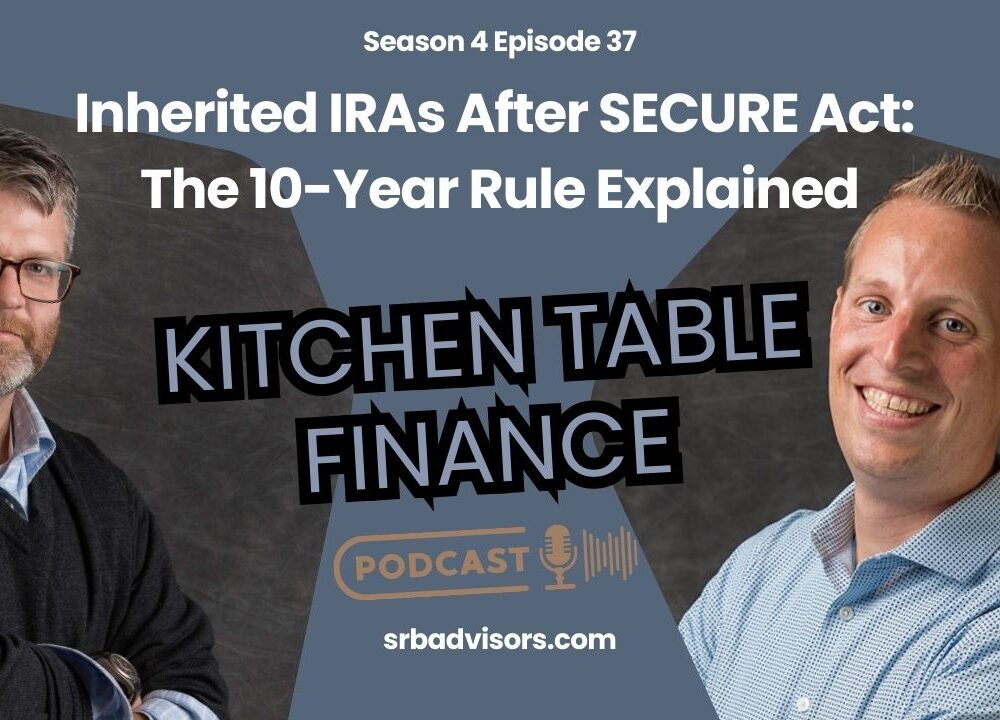The Snowball Strategy for Getting Out of Debt

Podcast: Play in new window | Download
Is getting out of debt your goal for 2021?
At the start of the new year, resolutions are on people’s minds right now. As I type this it’s snowing so it seemed like a good day to write about my favorite strategy for eliminating debt – the Snowball Strategy. After all, if you have credit card debt, making it go away is a great new year’s resolution. And who doesn’t like a good weather metaphor?
I’ll try to avoid all the other bad snow-related puns about feeling snowed under by credit card debt or needing to dig your way out and stick to the point. The Snowball Strategy gets its name because as you work through paying off debt you gain momentum, like a snowball rolling downhill. This approach helps you prioritize your debt payments and tackle them in a logical way to make the task manageable.
Check out SRB’s First Step Cash Management System™. It is an operating system for making decisions about life and money. It is a simple and effective way to manage expenditures, reduce debt, increase savings, and fund important life goals. With First Step, income flows into three “buckets”, with each bucket having a specific use or purpose.
The Best Strategy for Getting Out of Debt
The strategy focuses on paying off the smallest debt first and then using the payment that was going toward that debt to start paying down the next largest debt. This is where the snowballing momentum comes in. Each card that gets paid off helps you in turn payoff the next. While focusing on higher-interest debt may save a bit of money in the long run, we like this strategy because the positive psychology that comes from this momentum helps people stay focused and see the task through to the end.
The key to making this strategy work for the long-term is to make sure you are starting with a balanced budget. Getting rid of old debt is an important goal, but so is not creating any new debt while you’re at it. If you haven’t started budgeting your income and tracking your spending, now is the time.
Steps for Getting Out of Debt
The strategy itself is simple:
- List your credit card debts and their minimum payments, ranked from smallest balance to largest balance.
- Add up the minimum payments and figure out how much extra you can afford to pay each month. The minimum payments plus this extra payment will be your total monthly payment all the way through the process until the last card is paid off.
- Begin by paying the minimum plus all the extra payment to the smallest-balance card. Pay the monthly minimums on the rest, until the first card is paid off.
- Once the first card is paid off, take the payment you were making on that card and apply that payment, plus the minimum, to the second card. Your total monthly payments stay the same, but now your payment on the second card should be significantly bigger. Keep this going until the second card is paid off.
- Continue this process with each credit card until the last card is paid off, with the payments snowballing and gaining momentum as the lower balance card payments are added together to tackle the larger debts.
- Getting out of credit card debt is the first step toward financial independence.
Here’s an example: Imagine you have three credit cards.
- One has a $500 balance and a minimum payment of $25.
- The second has a $1,000 balance and a payment of $50.
- The third has a balance of $1250 and a minimum payment of $75.
You have enough room in your new budget to make an extra $100 per month payment.
Your total monthly payments would be $250, which is the total of the monthly minimums and the $100 per month extra you have dedicated to getting out of debt.
The first month, you would pay $125 on the first card: your extra payment plus that card’s minimum, while paying $50 and $75 on the other two cards. You would repeat this until the first card is paid off, sometime in April. At that point, you would pay $175 per month on the second card (the amount you were paying on the first card, plus the second card’s minimum) until that card is paid off while continuing to pay the minimum on the third card. By the end of September, the second card should be paid off and now all $250 of your monthly payment can be directed at the third card, which in turn would be paid off by the end of the year.
When you’re done celebrating, you can go back to your budget. Now, all that money you were directing toward debt payments can be repurposed to build your savings and help you reach your future goals.
About Shotwell Rutter Baer
Shotwell Rutter Baer is proud to be an independent, fee-only registered investment advisory firm. This means that we are only compensated by our clients for our knowledge and guidance — not from commissions by selling financial products. Our only motivation is to help you achieve financial freedom and peace of mind. By structuring our business this way we believe that many of the conflicts of interest that plague the financial services industry are eliminated. We work for our clients, period.
Click here to learn about the Strategic Reliable Blueprint, our financial plan process for your future.
Call us at 517-321-4832 for financial and retirement investing advice.
Share post:

